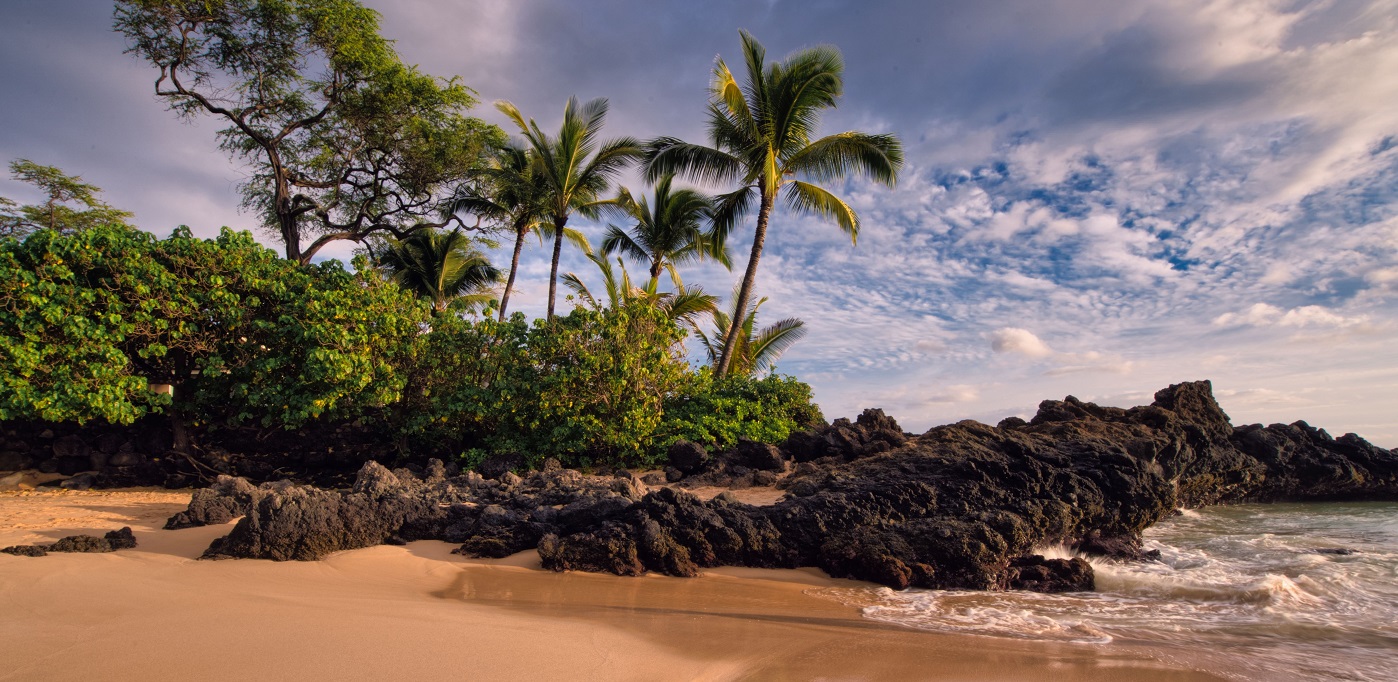To many North Americans, Hawai’i is a place of beaches, resorts, surfing, rainforests, and volcanoes — it’s a vacation destination.
But despite its tourism infrastructure and economy, Native Hawaiian communities in the far-flung chain of more than 130 islands face many of the same Internet connectivity challenges as Indigenous communities in Canada and the continental United States. And for a variety of economic, policy and geographic reasons, it is often excluded from efforts to improve access for Indigenous, rural and remote communities.
The Internet Society believes the Internet is for everyone and works with underserved communities to find and create local access solutions in some of the hardest-to-reach places on earth. What’s exciting is that despite the different geographic landscapes, the same community-led solution underway to improve Internet access in the high Arctic could also help Native Hawaiians carve their own path to better connectivity.
That’s why, in 2019, the Internet Society is holding its third annual Indigenous Connectivity Summit (ICS) in Hawai’i.
Including Indigenous voices in the planning and solutions that shape the Internet is a vital part of closing the digital divide. Previous summits in Santa Fe, New Mexico, in 2017, and Inuvik, Northwest Territories, Canada, last year highlighted critical perspectives on connectivity in Indigenous communities. One thing that always stands out is that while these locations may seem very different, people in each place are tackling many of the same issues.
Areas of low population density lack the number of potential users necessary to lure large telecommunications companies to invest in expensive infrastructure, and funding opportunities often exclude Indigenous communities.
This problem is compounded in Hawai’i, where the roughly 300,000 Native Hawaiians lack the legal status of Indigenous people on the continental United States. But like their Indigenous counterparts in the Arctic and in the deserts of the American southwest, Native Hawaiians face poorer health and educational outcomes, more loss of culture and language, and lower incomes than other Hawaiians. And, like those in Canada and the continental United States, they have less access to high-speed, affordable Internet, especially those living outside major cities like Honolulu.
As Colin Kippen of the Council for Native Hawaiian Advancement recently described it, Internet connectivity is a powerful tool for self-determination. Access is vital to participate fully in the world: in educational pursuits, economic activities, social interaction, even access to fundamentals like medical care. It is particularly important for Indigenous communities, as it plays an important role in revitalizing cultures and languages driven to near-extinction by colonialism. It brings people together, allowing Elders to share knowledge, language to be preserved, stories to be told.
The Internet has shown us time and again that we can achieve great things when we work together. When it comes to closing the digital divide, we have to approach solutions in the same collaborative way. The 2019 Summit welcomes everyone who plays a role in bringing Internet access to Indigenous communities: Indigenous leaders, community members, network operators, service providers, researchers and policy makers.
The event will give participants a better understanding of the connectivity challenges faced by Indigenous communities in all parts of North America, as well as an opportunity to share successes and find solutions to bring home to their own communities.
Native Hawaiians are already leading the way to establishing better connectivity. In addition to leading innovative local programs, several participants have registered for the Internet Society’s community network training program that will teach them how to build their own Internet access solution. We can all learn from their successes and do something to support faster, more affordable and reliable connectivity solutions for those who need it most.
Register for the 2019 Indigenous Connectivity Summit today!
Want to take your participation a step further? Learn about our sponsorship opportunities.

